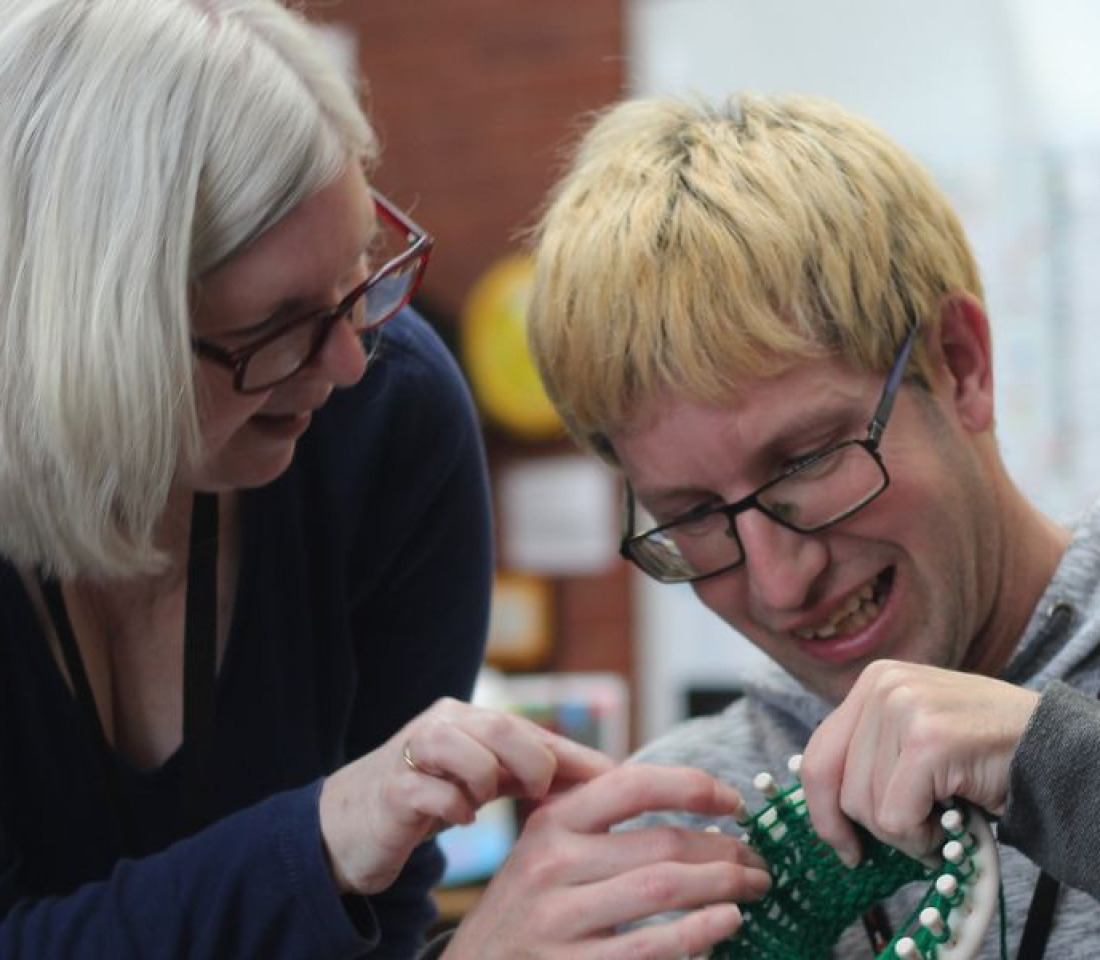What is Lennox-Gastaut syndrome?
Lennox-Gastaut syndrome (LGS) is a severe form of epilepsy which begins in childhood, usually before the age of 4.
What causes Lennox-Gastaut syndrome?
The exact cause of LGS is often unknown, doctors may refer to it as idiopathic.
However, in some children LGS can be part of a genetic condition such as tuberous sclerosis or Down’s syndrome. Injuries from birth or infections such as encephalitis and meningitis may also play a role in the development of LGS.
What are the symptoms of Lennox-Gastaut syndrome?
The symptoms of LGS can vary widely, as there are different types of seizure that a child may experience. These include:
- Tonic seizures (the body suddenly stiffens, pupils dilate and breathing patterns may change)
- Atypical absences (a period of ‘zoning out’, or staring into space)
- Atonic seizures (a brief loss of muscle strength which can lead to falls – often referred to as ‘drop attacks’)
- Myoclonic seizures (sudden muscle jerks or muscle twitches)
- Generalised tonic-clonic seizures (body stiffness followed by shaking).
Each child’s seizure pattern will differ and can change over time.
As well as seizures children may face challenges with learning or controlling their behaviour. They may appear more irritable than usual or have difficulties paying attention.
LGS can affect a child in lots of different ways, so it’s important to seek out support – not just for your child but for you as a carer too.


















